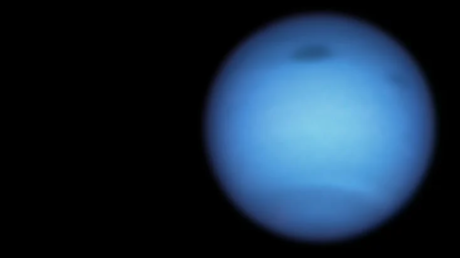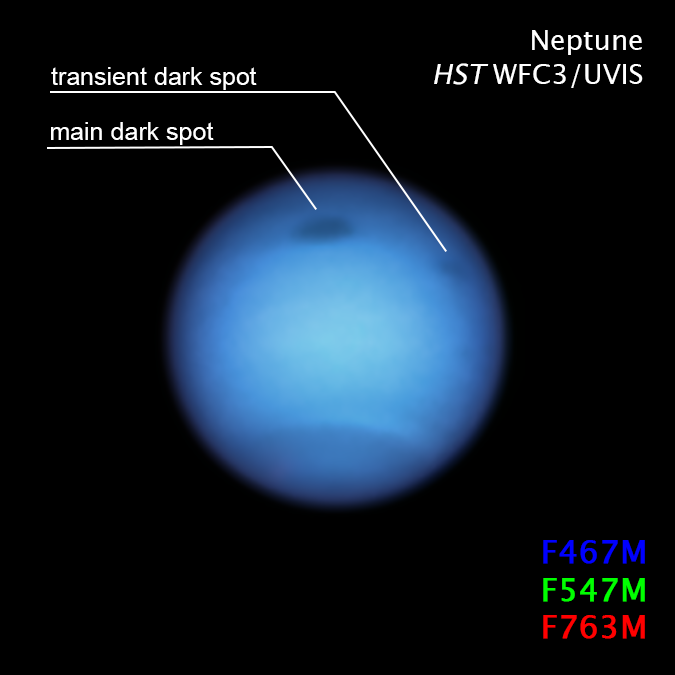
As with many planets in the solar system, massive storms are the norm on Neptune – but astronomers have just observed one of the ice giant’s tempests suddenly and dramatically changing course without explanation.
The incident marks the first time a storm on the ice giant has been observed reversing course, turning back towards the polar region it came from rather than heading towards the equator and disappearing into the ether.
Scientists still don’t know how or why this happened, but the answer could yield fascinating insights into the atmospheric dynamics of the celestial outlier, as well as its distant cousins in other solar systems.
Neptune maintains an average distance from the Sun over thirty times that of Earth’s orbit, making it extremely difficult to observe in any kind of detail.
The Voyager 2 probe’s flyby in 1989 detected two storms rampaging across the planet’s surface. Hubble has since spotted four more of these megastorms, named ‘dark spots’.

These ‘spots’ typically appear at mid latitudes, linger for roughly two years as they slowly make their way towards the equator, and then disappear without a trace until another one takes their place some four to six years later.
This latest storm observed by Hubble, known as NDS-2018 after the year in which it was discovered, has proven to be the exception to the rule.
Measuring roughly 11,000 kilometers (6,800 miles) across, NDS-2018 was observed heading southwards from the northern mid-latitudes towards the equator, at which point it should have slowly dissipated in accordance with previous observations and the most up-to-date models.
Instead, it split in two, with the original storm now measuring 7,400 kilometers (4,600 miles) and what has now affectionately been dubbed ‘Dark Spot Jr.’ measuring 6,275 kilometers (3,900 miles) across.
By the time Hubble checked back again in August, Jr. had disappeared and the original Dark Spot was inexplicably headed back northwards.
“It was really exciting to see this one act like it’s supposed to act and then all of a sudden it just stops and swings back,” said planetary scientist Michael Wong of the University of California, Berkeley.
“This is a process that’s never been observed. We have seen some other dark spots fading away, and they’re gone, but we’ve never seen anything disrupt, even though it’s predicted in computer simulations.”
The timing (January) and placement (in the atmosphere’s ‘unstable region’) of the second dark spot might hint at what may have caused it, but scientists can’t be sure given the difficulty of observing the distant ice world. They’ll just have to wait until Hubble can turn its gaze back toward the planet to find out what’s really going on.
Think your friends would be interested? Share this story!




